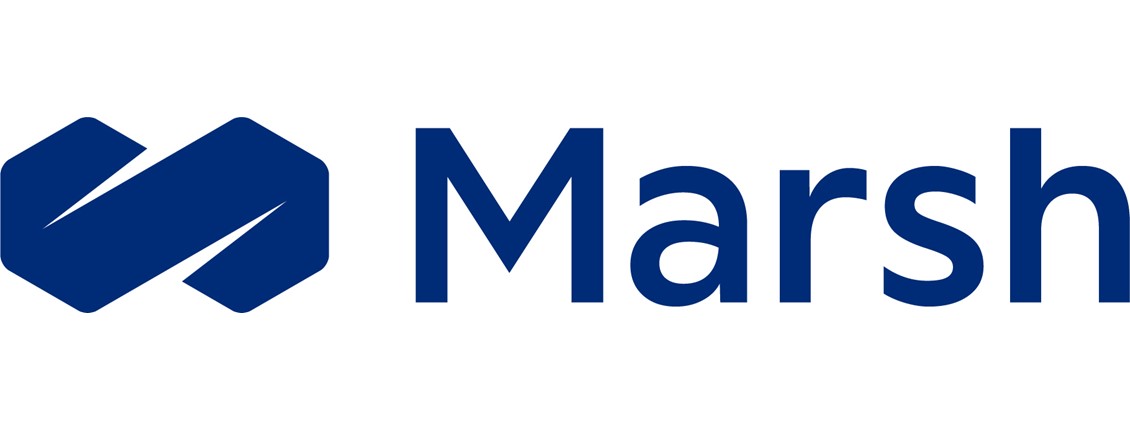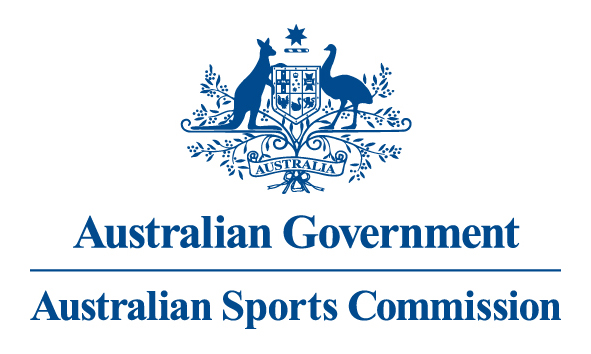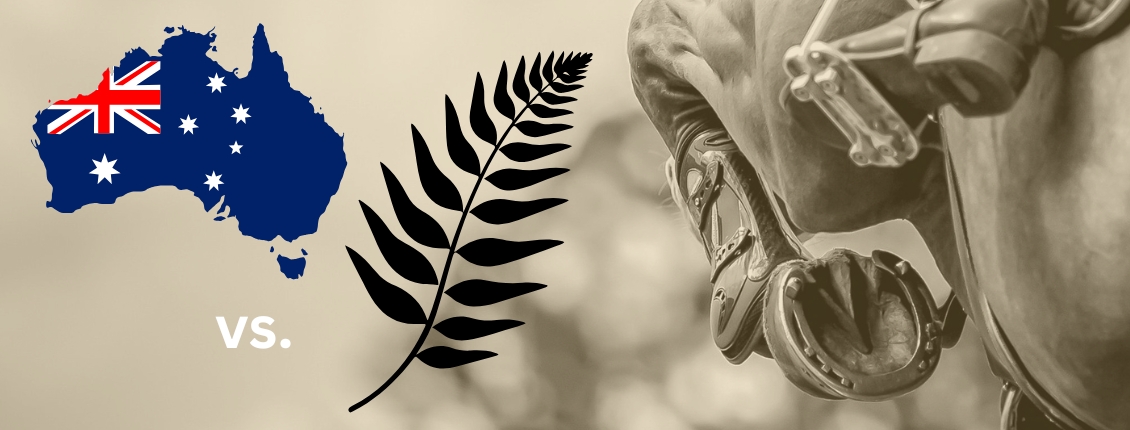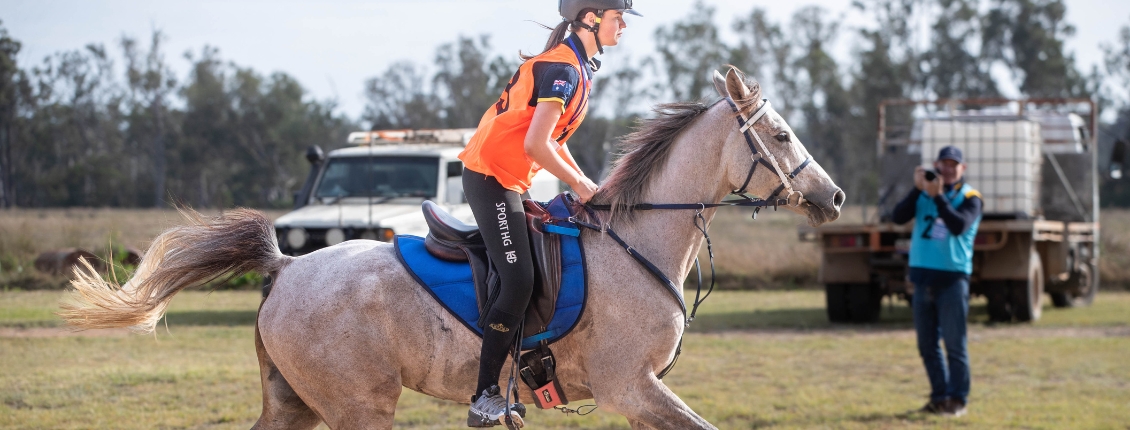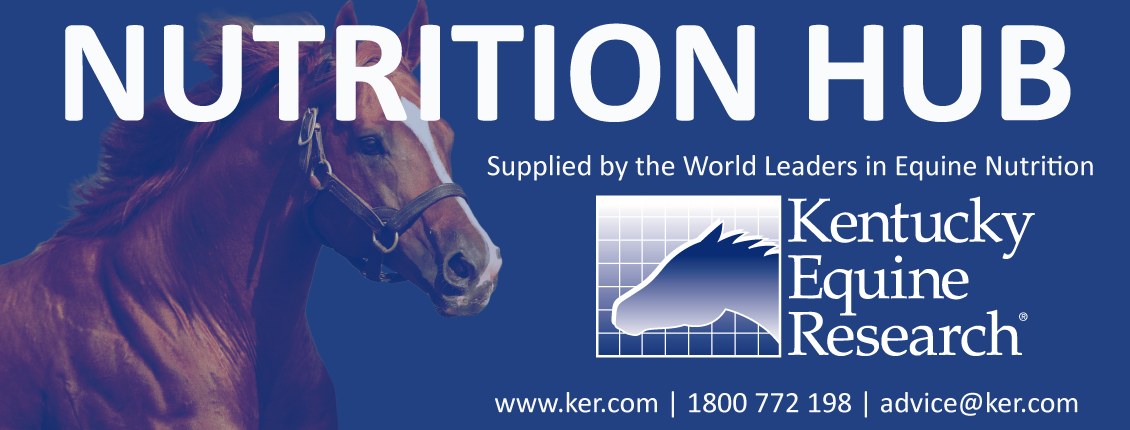
Drought and Green Drought Feeding for Horses
It doesn’t matter where you are in Australia at the minute – much of our country is dry with lower than normal rainfall over the past few months. Whether your paddocks are dry and brown or your paddocks are green but there is no growth, there are a number of important considerations we need to be aware of to ensure our horses are able to maintain optimal gastrointestinal function.
What is a green drought?
We are all familiar with the characteristics of drought, when everything is dry and dusty and there is very little or no pasture in the paddocks. However, what about a green drought? A green drought occurs when there has been enough rain to assist pasture to shoot, but the lack of follow up rain means there is no growth. The paddocks look green, but upon closer inspection there is very little feed available for horses to graze on. Whether you have a good doer, poor doer or performance horse in work, the basics of feeding are the same – horses need adequate and constant forage to maintain optimal gastrointestinal health.
What happens to pasture in a drought?
Non structural carbohydrate (NSC) levels are at their highest when there is rapid growth, after cold nights, during sunny days and when grasses are stressed (ie, under drought conditions). One of the NSCs that we often hear about are fructans.
Fructans are stored in the stems of cool season or temperate pasture species in the lower two inches of the stem and just above the soil line. Fructans are produced by the photosynthesis that occurs in the leaves of plants during the day. Therefore, the sunnier the day, the more rapid the photosynthesis and more fructans are produced. They often reach their peak concentration in the afternoon after a day of building up. Plants use these sugars for growth during the night, thereby reducing their concentration. However, any fructans that aren’t used are stored. Stressed pasture that is not growing can cause fructan levels to increase by 30%, which can have implications for sensitive horses and those with metabolic conditions such as equine metabolic syndrome (EMS), insulin resistance (IR), laminitis and Cushing’s.
Forage intake considerations during drought and green drought conditions
The equine digestive tract is designed to be efficient in converting forage into energy. Under normal conditions, 60-70% of the horse’s body energy is provided by the short chain fatty acids (SCFA) produced by colonic bacteria and protozoa fermenting the pasture in the hindgut. However, when there is little pasture for the horse to consume, owners must provide an appropriate alternative forage source to fulfil fibre and energy requirements.
Horses with inadequate access to forage can sometimes ingest the toxic weeds they usually avoid when there is abundant forage to choose from. Unfortunately, it is common for the weeds to flourish when grass is struggling.
Horses require a minimum of 1% and ideally 1.5% of their body weight in forage per day to maintain gastrointestinal health. For the average 500kg horse, this means 7.5kg of forage per day. Horses continuously produce gastric acid in their stomach and failure to provide forage or feed for this to buffer the stomach acid can result in gastric ulcers. Therefore, it is best to offer supplementary forage in a slow feeder or hay net so your horse can pick at it throughout the day.
When pasture is scarce, forage intake may be supplemented by increasing hay, chaff or digestible fibres such as beet pulp. Long stemmed forage like hay is best as it encourages the horse to chew more with each mouthful. This has two benefits, it takes them longer to consume and more importantly it produces more saliva which has a buffering effect in the stomach.
When you notice that pasture is scarce, it’s a good idea to look for a supplementary source of forage early and purchase hay before it gets too expensive later in the season.
Maintaining body condition when pasture is limited
Regular weight checks and body condition scores should be noted for all horses. Below are some guidelines for different horses. Consulting an equine nutritionist or your veterinarian is important.
Feeding the good doer when pasture is limited
For those of us who are lucky enough to have a good doer in our paddocks at home, it is important that we don’t overlook them! We often think they are fine as they maintain their body condition, but they require constant access to forage as well.
When pasture is scarce, providing these good doers with access to hay to ensure they can consume at least 1% of their body weight in forage per day is crucial. To ensure that your horse has something to pick on throughout the day, it is a good idea to put this hay in a slow feeder or hay net.
If you are concerned about weight gain in your horse, a grass hay with a low NSC that you soak prior to feeding is a good option.
In addition to meeting this forage requirement, you will need to provide your horse with a vitamin and mineral supplement. Pasture and therefore hay generally doesn’t meet a horse’s full vitamin and mineral requirements so selecting a high quality vitamin and mineral supplement is crucial to ensure these needs are met. If you do don’t have to give your horse a hard feed, a high quality pelleted supplement such as KERx Gold Pellet is a convenient way to provide these nutrients as most horses will eat it straight out of your hand.
Feeding the poor doer when pasture is limited
When horses start to lose weight, it can be tempting to increase the amount of grain or concentrate in the diet. However, this may not be the best solution for you horse’s digestive tract or your wallet!
It is important that we go back to basics and look at forage intake. Remember to ensure that your horse is receiving at least 1%, but preferably 1.5% of its body weight in roughage per day. Once you have increased the forage portion of your horse’s diet, you can then look to make up the energy shortfall through concentrate feeds.
There are several considerations when looking at either adding or increasing the amount of these in your horse’s ration. Firstly, always make any changes to your horse’s diet slowly over a 7-10 day period and seeking advice from an equine nutritionist or your veterinarian is always advisable. There are several energy concentrate sources that you might consider:
Premixed feeds: High quality premixed feeds have the benefit of being fully fortified to meet your horse’s vitamin and mineral requirements when fed at the feeding rate recommended by the manufacturer. If you are following these guidelines, your horse shouldn’t need a vitamin and mineral supplement unless otherwise directed by your veterinarian or equine nutritionist. However, if you are not feeding the amount recommended on the bag, you need to top up the vitamins and minerals your horse is receiving by adding a supplement. A high quality vitamin and mineral supplement should be fed to make up the difference. Kentucky Equine Research recommends either Nutrequin, Perform or Gold Pellet, depending on your preference and individual needs of the horse.
Grains: Grains such as oats can be increased or added to your horse’s ration, but correct feeding management is important. Grain generally has a poor vitamin and mineral profile and should be fed with a vitamin and mineral supplement. Adding grain to a horse’s ration is not suitable for all horses, so if in doubt check with an equine nutritionist or veterinarian.
Fat supplements: Fat contains 2.5 times more energy per gram than carbohydrates and is well tolerated by most horses. There are many practical benefits of including fat supplements such as oil or stabilised rice bran into your horse’s ration. As fat is energy dense, it means that you can feed more calories to a horse in less volume. This is very important as we don’t want to feed more than 2.5kg per feed to horses to ensure optimal digestive efficiency keeping their small stomach in mind. Feeding oil can be messy and may be unpalatable for some horses, so consider adding stabilised rice bran in the form of Equi-Jewel. In order for horses to derive the most nutrition from rice bran, it must be stabilised or heat processed to denature enzymes that cause rancidity in raw rice bran. Once stabilised, rice bran has exceptional value in feeding programs. No consideration should be given to rice bran that has not been stabilised. Stabilised rice bran contains between 18-20% fat and that can add significant energy to a horse’s ration. For most horses, adding 500g – 1kg of stabilised rice bran per day mixed into a ration works well to enhance the energy density of the ration.
Feeding the working horse when pasture is limited
The same principles discussed above for both the good doer and poor doer can be applied to the working horse with limited access to pasture. Forage is the most important consideration, followed by meeting energy requirements and then ensuring your horse’s vitamin and mineral requirements are met. For working horses, Kentucky Equine Research recommends Perform as this contains vitamins (including natural vitamin E), organic minerals and antioxidants which are research proven to be up to three times more potent than synthetic forms.
Supplementing a performance horse with Equi-Jewel can be beneficial as research has shown that horse’s fed Equi-Jewel had lower heart rates, lower lactic acid levels and shorter recovery periods compared to those fed corn oil. For specific assistance or to formulate a ration for optimal performance, it’s best to contact an equine nutritionist.
Most importantly, remember that expert help is close by no matter what your situation, so if you have any queries about your horses’ diet and want to double check that he is getting everything that he needs contact Kentucky Equine Research’s FREE Nutrition Consultation Service on 1800 772 198, email [email protected] or submit a diet analysis request through our website www.ker.com

